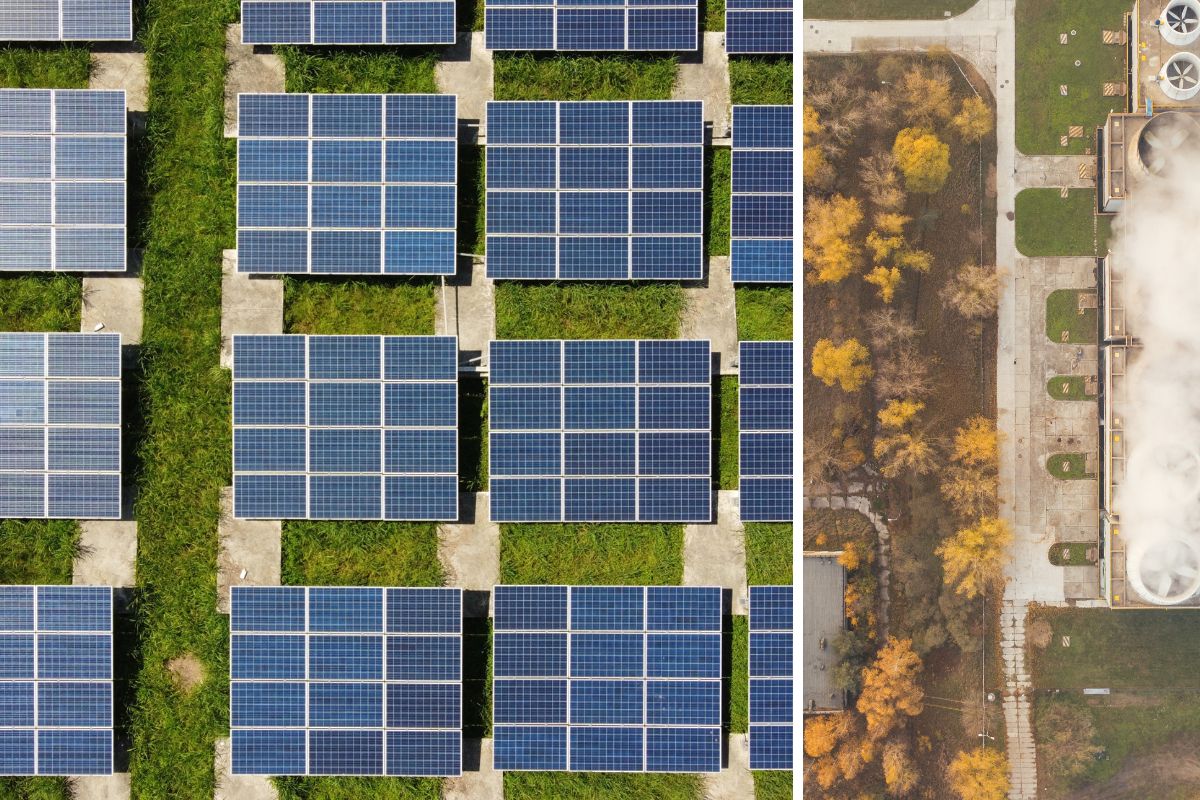Because fossil fuels have dominated the worldwide energy industry for many years, it’s historically been seen as the best way to generate electricity. As the emergence of renewable energy sources and solar energy has become a frontrunner in the clean energy race, you might be wondering... which is better? Cheaper? More reliable? More environmentally friendly? Read on and decide for yourself.
Reliability
Fossil fuels can operate under any condition, rain or shine, making their availability inherently reliable. One drawback of fossil fuels, however, is that sociopolitical changes can lead to supply shocks that cause the price to fluctuate.
Solar energy relies on the sun as its sole replenishment source, which means when the sun is shining, we’ll always have solar. It’s also important to remember that even on cloudy days, energy can be generated. While it’s true that solar panels are unable to collect sunlight and generate energy after sunset, new technologies like the battery energy storage systems we’re investing in will help solar energy to become more reliable and efficient.
Environmental impact
Fossil fuels burn organic material like coal to create electricity. As a result, the systems release carbon dioxide and other greenhouse gases into the atmosphere, making fossil fuels a primary contributor to carbon emissions and climate change. In the last decade, the amount of carbon emissions from fossil fuels has risen to an average of 35 billion tons per year. This explains, in part, the increase in air pollution, extreme weather events, and wildfires we’ve seen.
Solar energy, on the other hand, produces zero carbon emissions and zero greenhouse gases during the energy generation process. The investment in solar helps to slow climate change and combats the environmental impacts seen with fossil fuels.
Cost
The infrastructure and technologies that support fossil fuels are well-established, making it a cost-effective option. Resources, time and money have helped to make the system a well-oiled machine.
While it’s true that 40 years ago solar was expensive to produce, the price has fallen dramatically, and in many cases, it is now the most cost-effective option for producing energy. In fact, the price of solar modules has dropped a whopping 99.6% since 1976.
One reason solar energy has become more affordable is because of increased federal government incentives. Bills like the Inflation Reduction Act (IRA), passed in 2022, offer tax credits for Americans who choose to install rooftop solar and investment or production tax credits for some generation facilities producing solar energy. The passage of the IRA marks the United States' single biggest investment in renewable energy and will continue to lower the cost of solar energy.
At Alliant Energy, we believe in the thoughtful transition to cleaner and more sustainable energy generation because sustaining the economic and environmental health of the communities we serve is critical. We’re on track to achieve our 2030 goal of reducing fossil fuel generation carbon dioxide emissions by 50% and in 2022, we placed 250 MW of solar online. In 2023, we plan to place up to 800 MW more solar.
To learn more about our plans to retire fossil fuel generation and solar investments, check out our Clean Energy Blueprint.

Fossil fuels vs Solar energy - which is better?

Kaitlyn Koester
External Communications Intern
Published on January 26, 2023
Kaitlyn is an intern with the External Communications Team. She is a student at The University of Iowa, studying Journalism & Mass Communication and Event Management. Kaitlyn is passionate about sustainability and is eager to help tell Alliant Energy’s story in their journey to create a better future.
Recent Stories
Changing seasons: Tune your building for Spring
To optimize savings and comfort, you must regularly recalibrate sensors and controls to match changing weather and operating conditions.
Read More
Giving birds a safe place to land at solar sites
Partnership with the Central Wisconsin Kestrel Research Project in our solar fields promotes diversity in the environment.
Read More
Recognizing community need sparks volunteerism
Tyler Freye credits our company values with deepening his understanding of the problems many in our communities face.
Read More
